Highlights of most prominent features and capabilities of Enterprise Bridge in migration and continuous integration of corporate platforms and environments.
Confluence® task lists migration
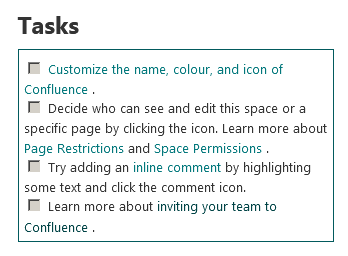
Task list allows keeping track of the things that need to get done. With the ability to give each task an assignee and due date, and plenty of ways to see your tasks, you can make sure nothing slips through the cracks. Below is an example task list in Confluence. Task lists are translated into...
Transfer of Confluence® labels to SharePoint® Enterprise Keywords
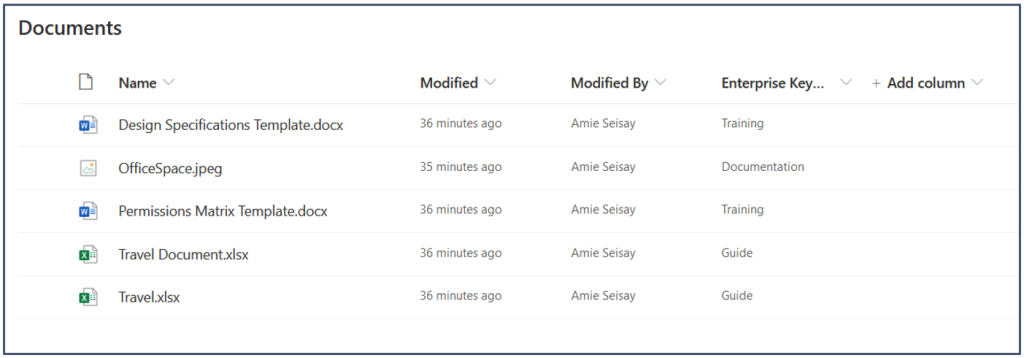
Labels are key words or tags that you can add to pages, blog posts and attachments. You can define your own labels and use them to categorize, identify or bookmark content in Confluence. Enterprise Bridge can transfer Confluence® labels to SharePoint® Enterprise Keywords. It can automatically transfer whole taxonomy and create ready Enterprise Search exactly...
Classic and modern pages in SharePoint®
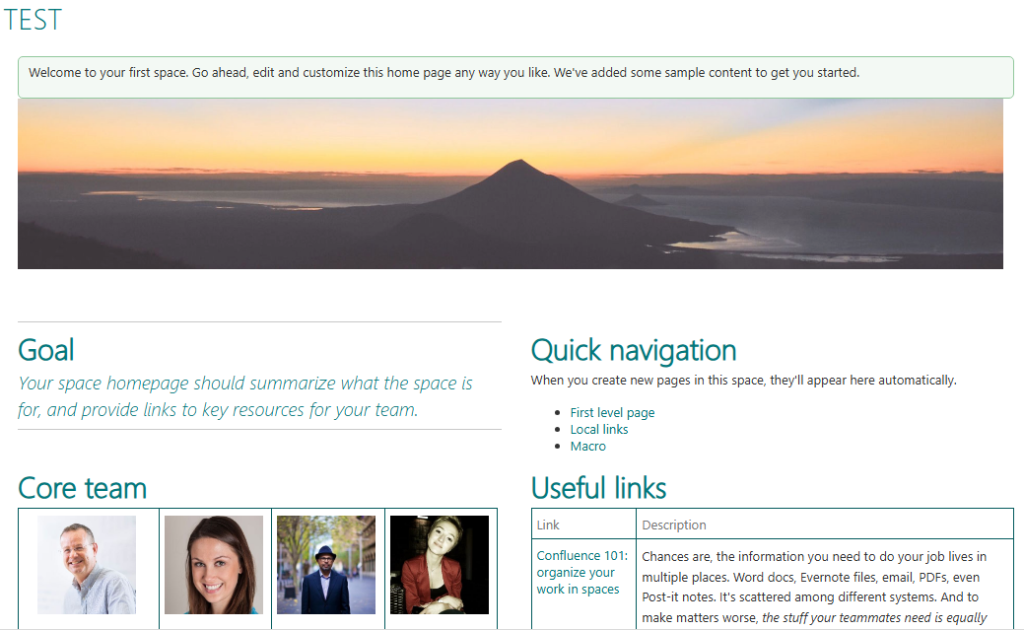
A SharePoint® publishing site is typically used to create intranet and communication portals. Publishing sites are typically more structured, and built using a master page and site publishing template. Because a publishing portal is a site collection, it may also include sub sites. To create a publishing site, publishing features must be activated. A complete...
Recognized blocks of content

Enterprise Bridge semantically extracts individual structural blocks from Confluence® and converts them to complimentary blocks and web parts used in SharePoint® for similar purposes. This transformation includes translation of layouts, tables, images, paragraphs, embedded documents and other common constructs. You will get 100% native isolated SharePoint® site reproducing your Confluence® original. Due to deep semantic...
Optimization of site contents during migration
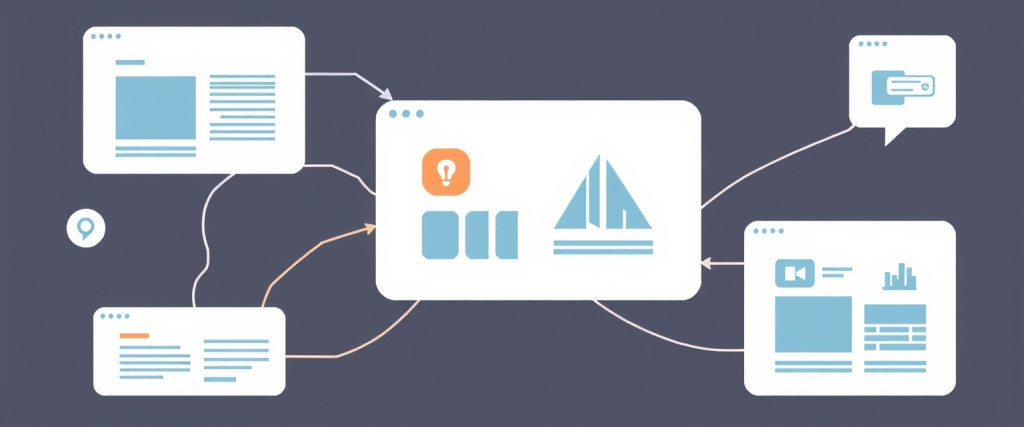
Migration of a Confluence server goes space by space. Each space is migrated individually. You can transfer whole space at once or a portion of space beginning at every nested page inside on any level. If a page is selected as migration source, this page and all its nested sub-pages are transferred. You can transfer...
Filling of SharePoint® lists
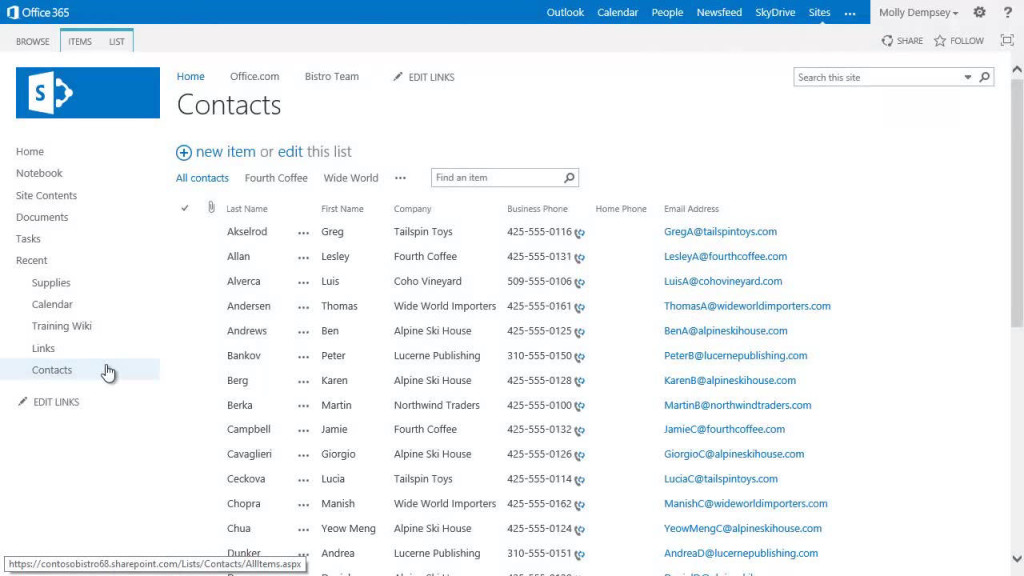
A SharePoint list is a collection of information or items. Rows and columns are used to store data. Tables in Microsoft Excel spreadsheets are very similar to this. Items can be referred to as metadata, fields, or properties, while the rows in the list are referred to as the list. As a part of semantic...
Persist cross-space links during migration
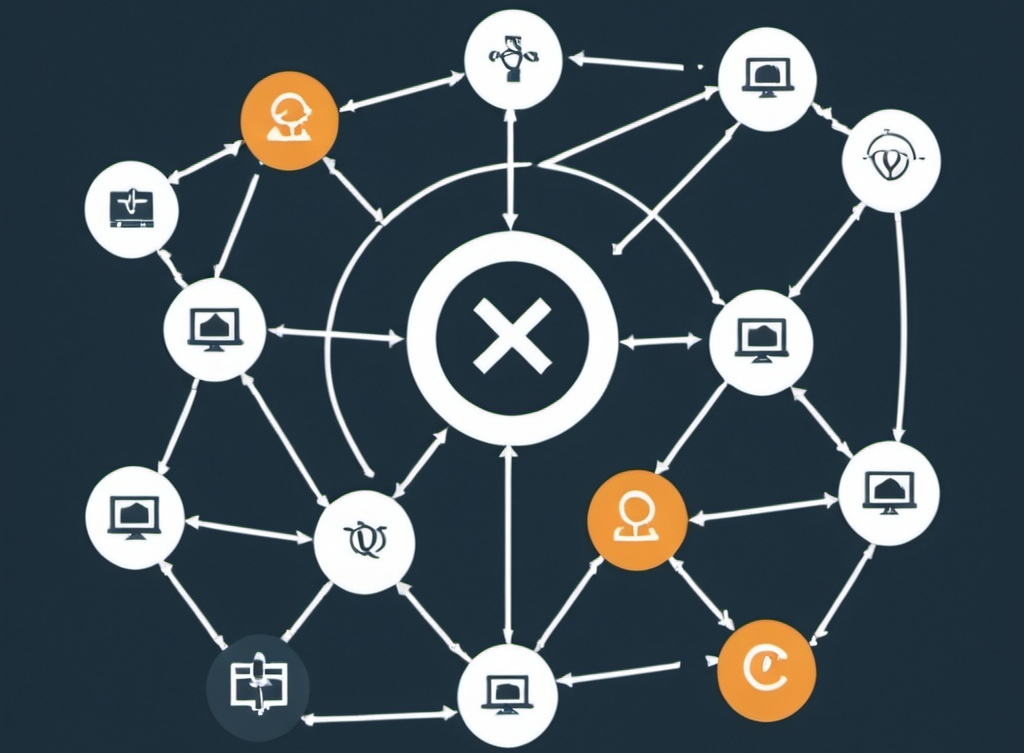
When migrating from Confluence® to SharePoint®, Enterprise Bridge can maintain not only internal links inside a space but can also resolve correctly links between different Confluence® spaces. When all spaces will be migrated to new location, all links, which existed between them, will be also functional in new environment.
Structural extraction of tables from Confluence®
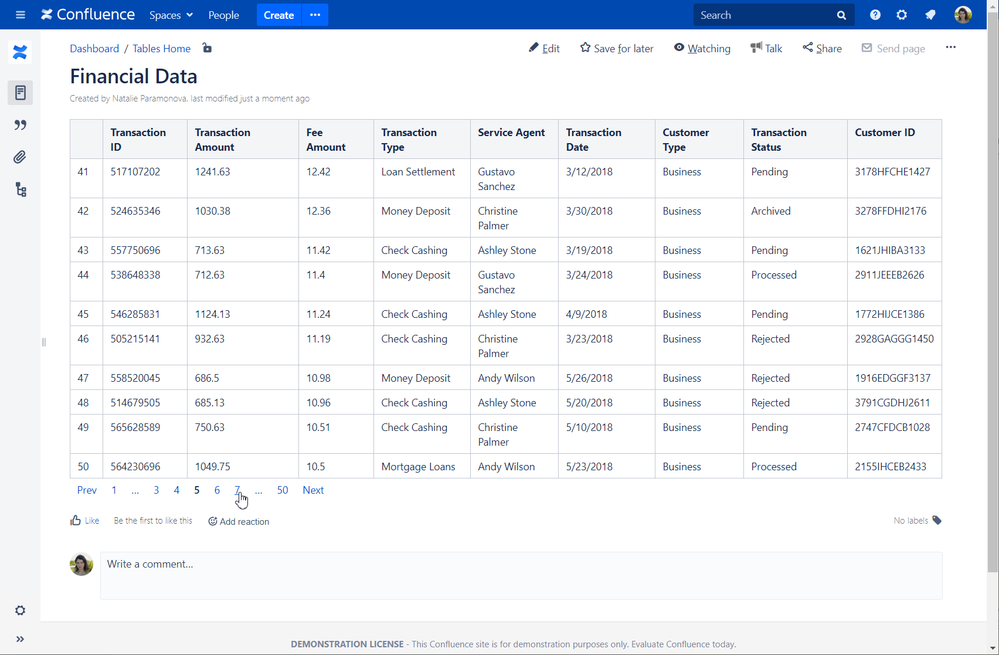
Confluence® tables can often contain considerable amounts of structured data collected over years of Confluence® usage in various scenarios of data aggregation. Often these tables represent form inputs from Confluence® or other types of systematic data records collected in Confluence®. As a part of semantic processing, Enterprise Bridge can extract individual data fields from Confluence®...
Retention of structured content blocks during migration
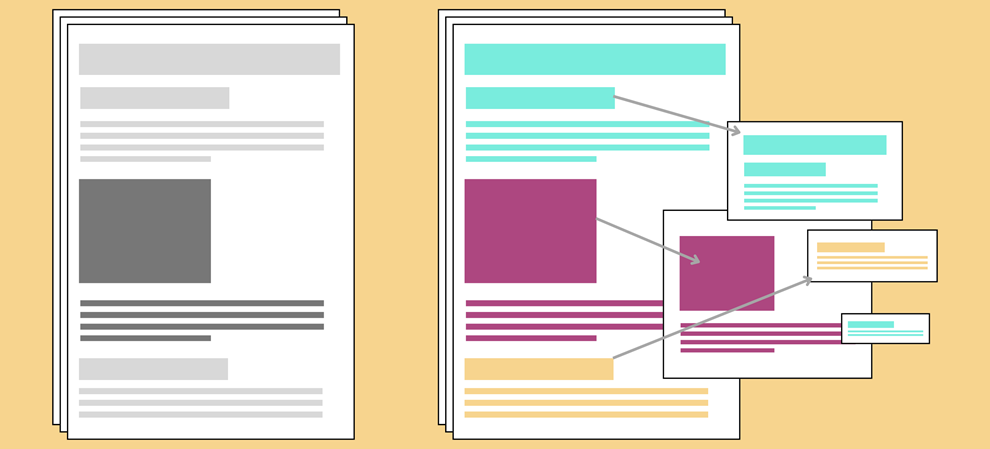
Migration runs between two server types different architecture and content formatting. If content extracted from one server will be literally put into another server, it will yield a garbage. Enterprise Bridge semantically extracts contents of source pages and converts it into semantically correct content suitable for target server. You will get 100% native isolated SharePoint...
Export of Confluence® tables to Excel® files
As a part of semantic processing, Enterprise Bridge can extract individual data fields from Confluence® tables and save this data in a structured way for further writing into custom lists in SharePoint® or just store this data in Excel files for further processing in any external application. With proper setting in parameters of migration Enterprise...
Configurable HTML templates with page regions

The output of pages extracted by Enterprise Bridge from Confluence can be configured using a special template for content. Template defines a look of your pages, when you extracted from Confluence. The template is just an HTML file, which can contain reserved words. Layout from Confluence can be translated to SharePoint by using a template....
Compound field recognition in Confluence®
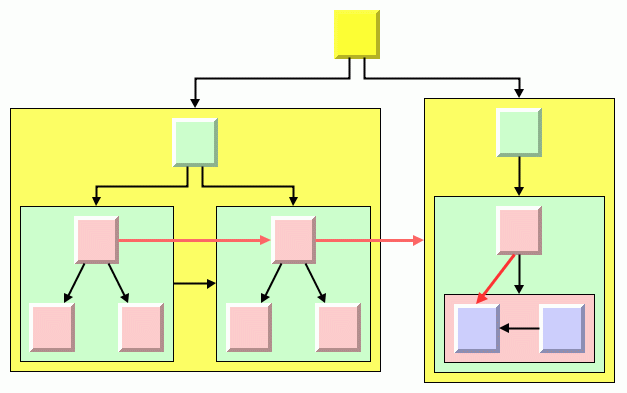
Enterprise Bridge allows for semantic extraction of the structured data contained in Confluence® templates. In some cases, templates may have complicated structure with embedded macros or compound fields constructed of several data elements. Enterprise Bridge includes recursive processing of such compound constructs to extract values out of such compound data fields with nested structure.
Contextual mapping of CSS styles to SharePoint pages
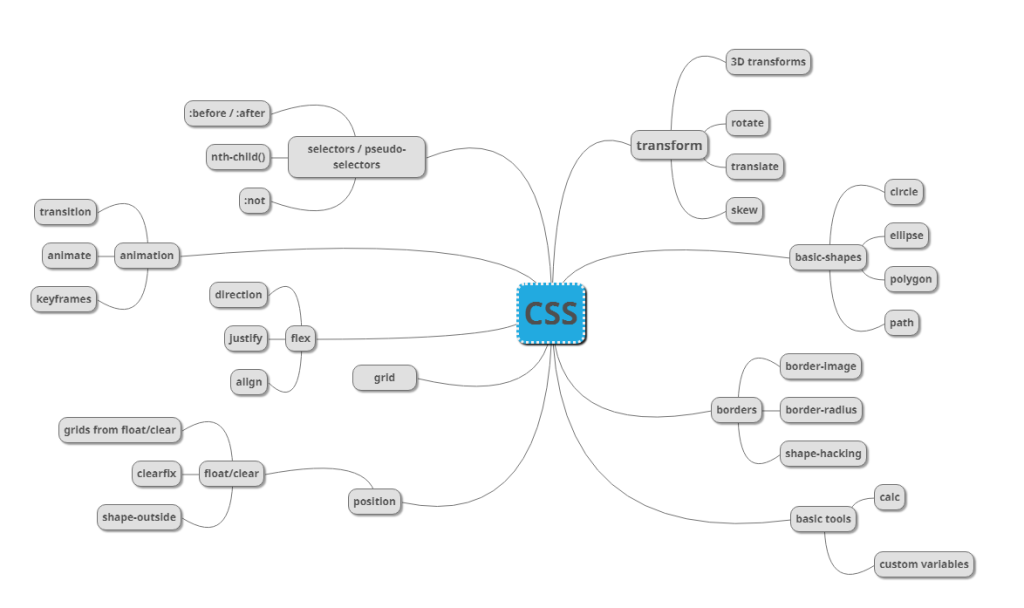
When migrating, Enterprise Bridge uses some of default styles, which you see on your page. This style is customizable with a special setting. You can use special tables of rules inside Enterprise Bridge for selective transformation of CSS classes during migration. You can remap, arrange or delete individual tags in HTML through this mechanism.
Cumulative fields’ aggregation
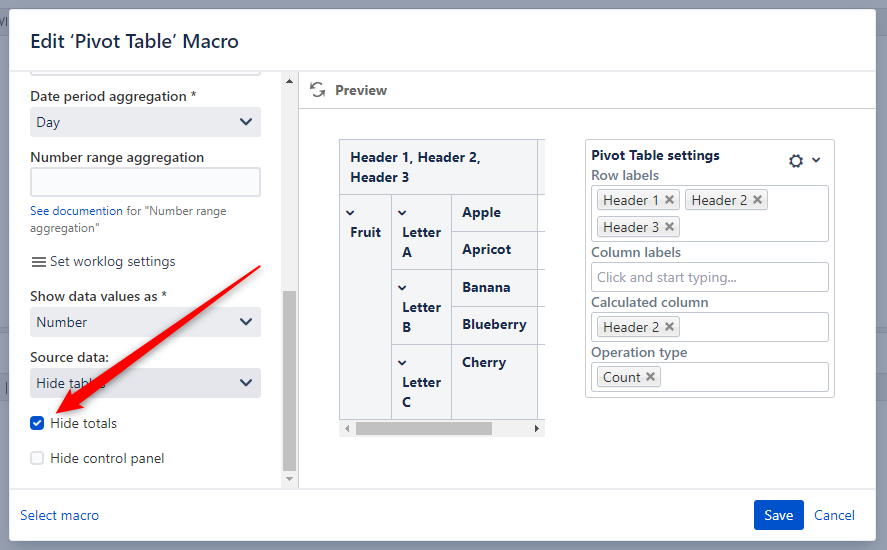
Confluence® tables may have complex layout of cells with cell merging or splitting being very common case. Nesting of macros with elaborate layouts and complex formatting inside tables is also widely used. SharePoint® in many cases cannot correctly represent such complex constructs. Enterprise Bridge uses special techniques for content alignment and normalization of nested blocks...
Transformation of nested layouts and tables
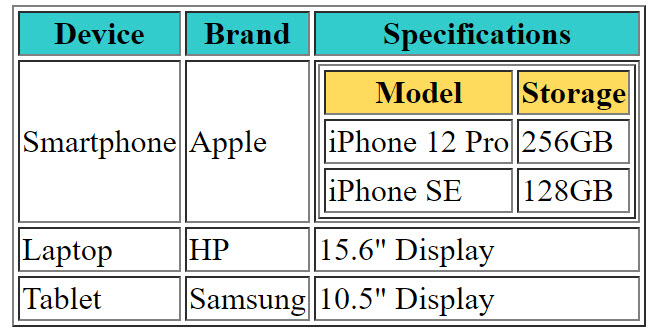
Enterprise Bridge can correctly convert from Confluence to SharePoint complex layouts consisting of panels, tables, macros and other elements nested on multiple levels. All elements are selectively extracted and placed into proper contexts in new environment as far as possible.
Adjustment of table layout for SharePoint compatibility
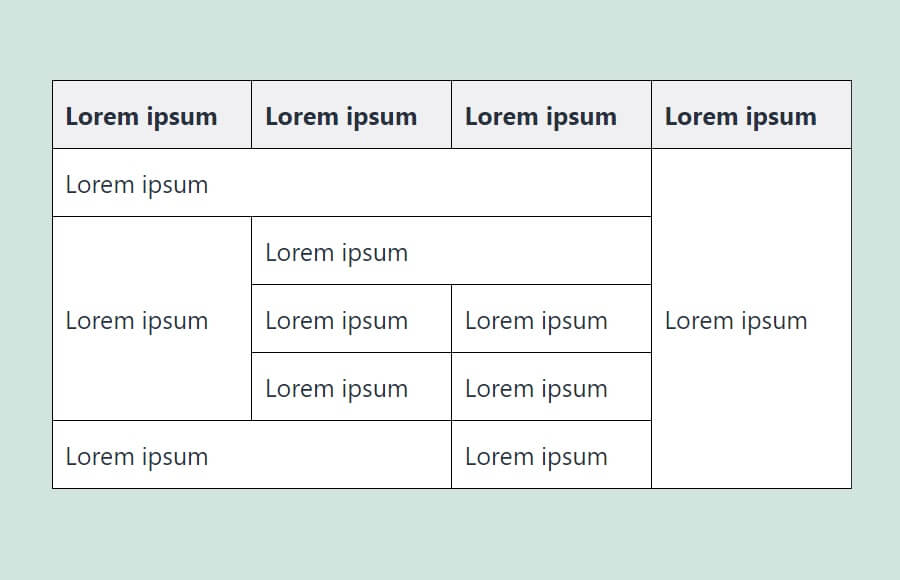
SharePoint tables do not correctly support rendering of merged cells. Therefore, Enterprise Bridge runs internal normalization of tables internally to reconstruct original table structure out of merged cells.
Conversion of colors in table backgrounds
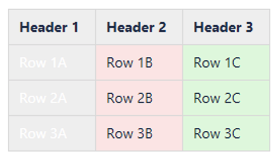
Confluence tables can be configured to have individual backgrounds in different cells. SharePoint does not support highlighting of individual cells in tables. By default SharePoint applies standard table styles, which are available from a drop-down list in SharePoint page editor. Enterprise Bridge by default applies these standard styles through special HTML class mapping available in...
Native content writing into modern web parts
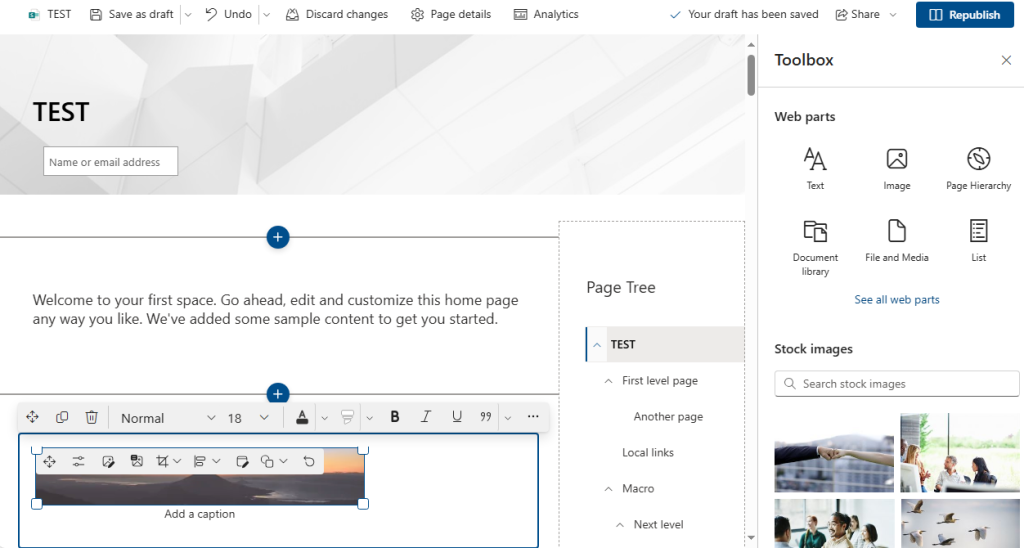
All content migrated to SharePoint is properly distributed into modern SharePoint web parts. This includes proper reconstruction of sections, paragraphs, tables, images and embedded documents. As a result, migrated content is not possible to distinguish from a content created in SharePoint manually. All pages can be edited in the same way as pages originally created...
Semantic processing of Confluence® page templates

Confluence allows designing page templates and then quickly creating pages based on these templates. When you add a new page, you don't have to start from scratch. Instead, you can base your new page on a template – a Confluence page with predefined content. Some templates are provided by blueprints or Marketplace apps, and you...
Hybrid clouds transparency
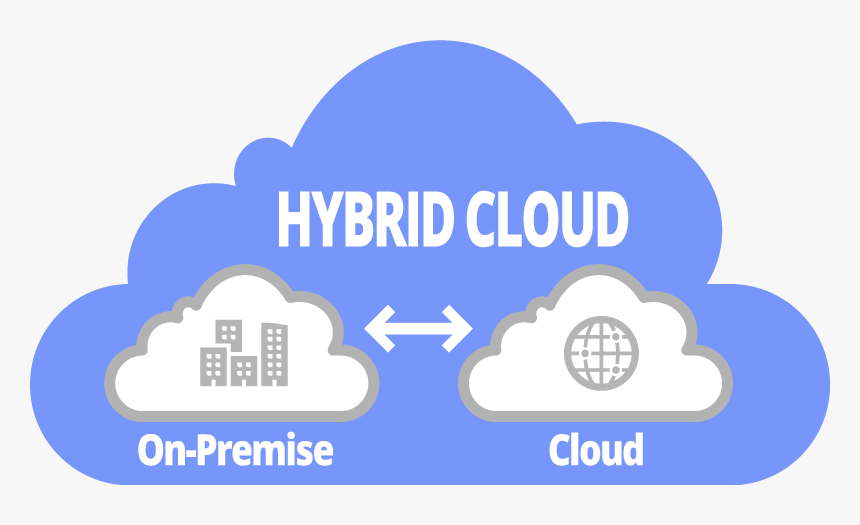
A hybrid cloud is a type of cloud computing that combines on-premises infrastructure - or a private cloud - with a public cloud. Hybrid clouds allow data and apps to move between the two environments. Many organizations choose a hybrid cloud approach due to business imperatives such as meeting regulatory and data sovereignty requirements, taking full...
Selective move of sub-trees

Enterprise Bridge offers utmost flexibility in managing whole sites or spaces or selectively copying just small blocks of the data, such as folders or sub-folders alone. On the start of migration you can select entire site or space or expand its tree of folders and sub-folders to traverse to any level of data hierarchy. In...
Distribution to sites and sub-sites
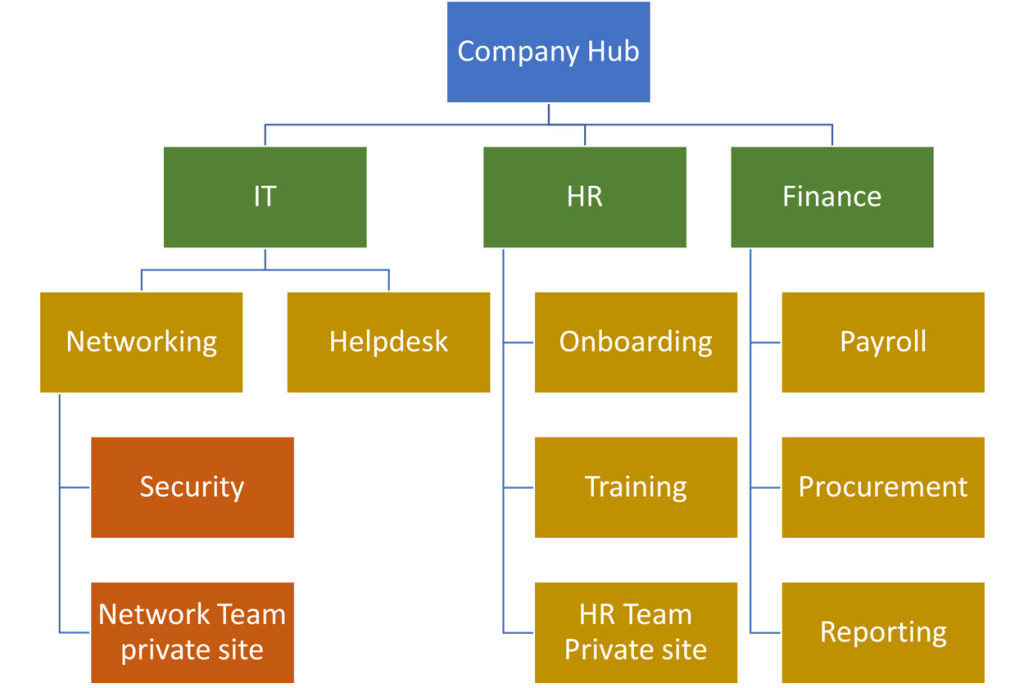
SharePoint site is a website or container of information and data. In the modern experience, this is the “site collection”. SharePoint sub-site refers to the site that you can create within a site. It’s still a site on its own (website or container of information and data). In general, sites and sub-sites can have one...
Writing to new or existing sites

Enterprise Bridge offers unlimited scaling in deployment of your content. It can migrate entire server at once or copy just a site. You can also copy just a folder or sub-folder in your document library or in Confluence space. In this way you can aggregate information from different sources, such as File Shares, Archives, FTP,...
Recovery of legacy servers

Enterprise Bridge can migrate very old and outdated systems. Specifically, Enterprise Bridge supports any version of Confluence© and any version of SharePoint©. In many cases, servers running such systems reside on outdated hardware with very limited resources and with expired technical support. Sometimes our clients are not even able to launch such servers properly or...
Deprecated API reservations
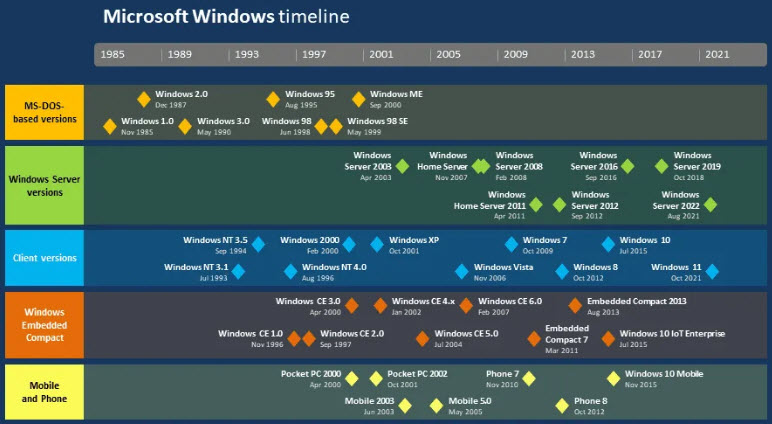
Many organizations run very outdated systems. For instance, we encountered a number of cases where notable organizations were still using such antique systems as Confluence© 1.x or SharePoint© 2003. Upgrade of such systems is not trivial because vast majority of modern software cannot even connect to them to offer any sort of migration. We very...
Restoring corrupted structures
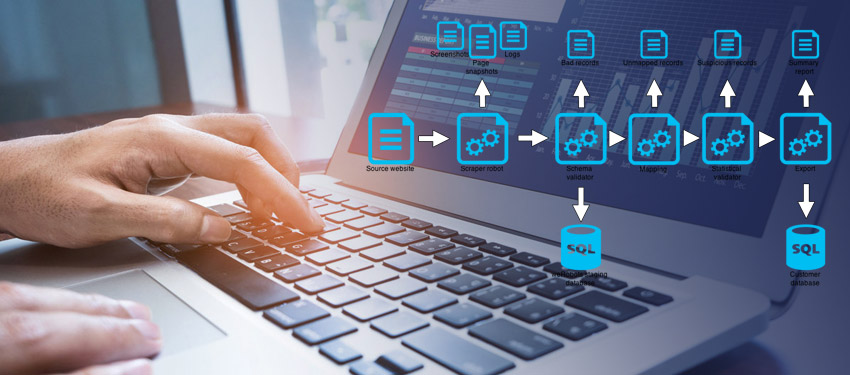
As far as we know, Atlassian© never released validation tool for Confluence©. It might be not accidental. Confluence© internally relies on an object storage, which is very difficult to validate and repair. If something went wrong, there is often no way to trace for the reasons. There remains just an abstract object ID. You cannot...
Migration of all system versions

Enterprise Bridge supports both latest and legacy systems for most directions of migration. For instance, when migrating SharePoint, we support both latest SharePoint Online and SharePoint Subscription Edition on-premise as well as all older editions, such as SharePoint 2019, 2016, 2013, 2010 and even as outdated as SharePoint 2007 and 2003. Our technology universally covers...
Migration of public and personal Confluence® spaces
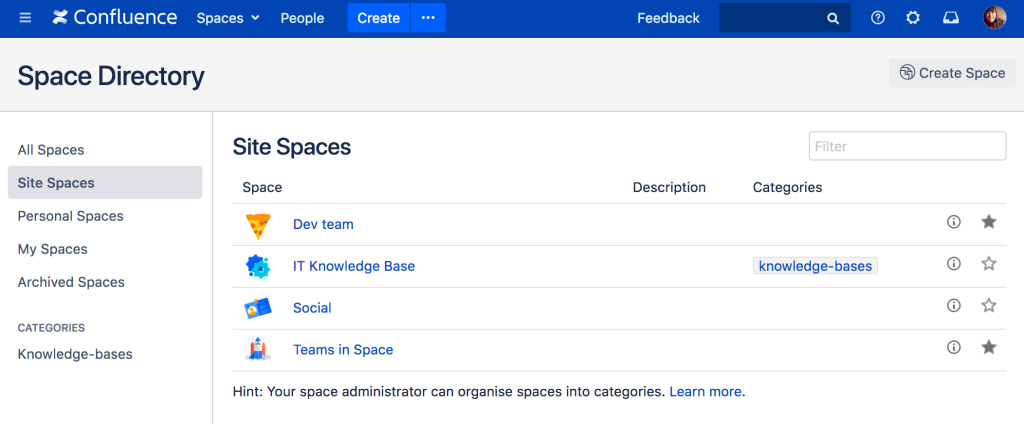
A space in Confluence® is a container where a team creates, stores, and collaborates on work related to a team, shared project, or initiative. Spaces are a way of organizing content into meaningful categories. A space is a collaborative workspace or knowledge base for a team. Confluence® can contain public and private spaces. Personal space...
Migration of page tree from Confluence® to SharePoint®
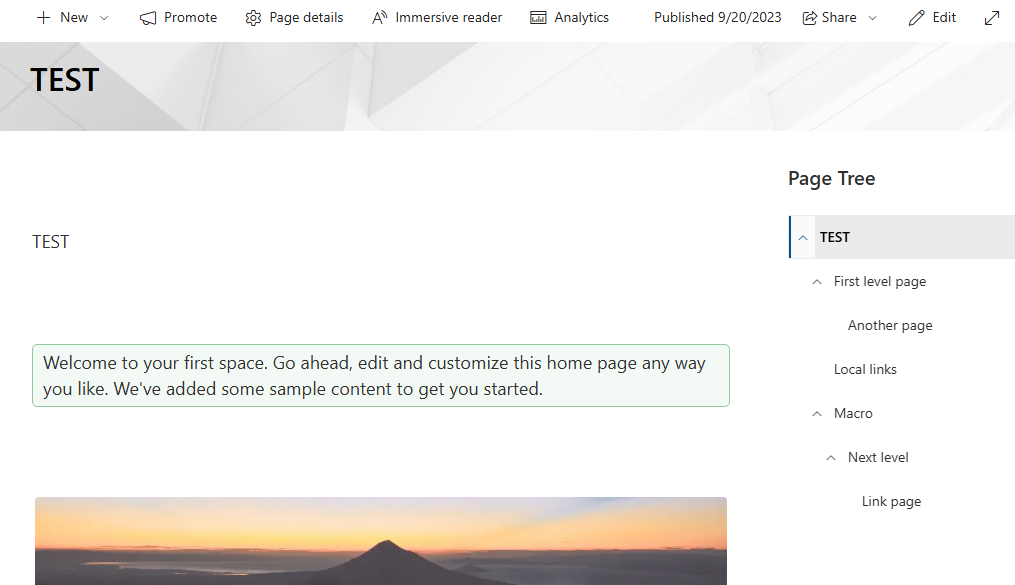
Confluence® page tree is an essential part of navigation across the entire Conference® space. Page tree is located on the left side of a Confluence® layout. The page tree is dynamic. Its area can be expanded to different width or collapsed altogether. The number of levels in page hierarchy is not limited. Page tree can...
Migration of Confluence® blogs with all posts history
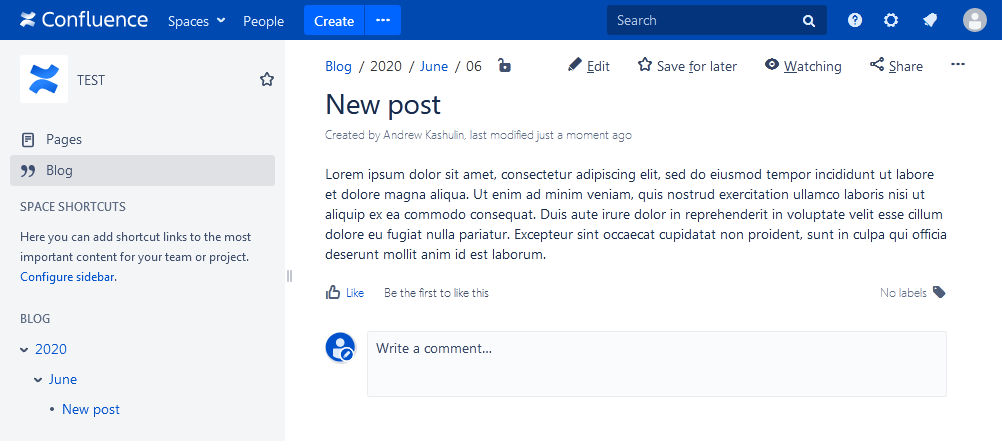
Blog posts are an easy way to share announcements, journal entries, status reports, or any other timely information. Others can join in by commenting on and/or liking your blog post and, if you get enough of either, your post might make it to the popular feed on the dashboard! Each space in Confluence®, including your...
Retain all versions of every document during migration
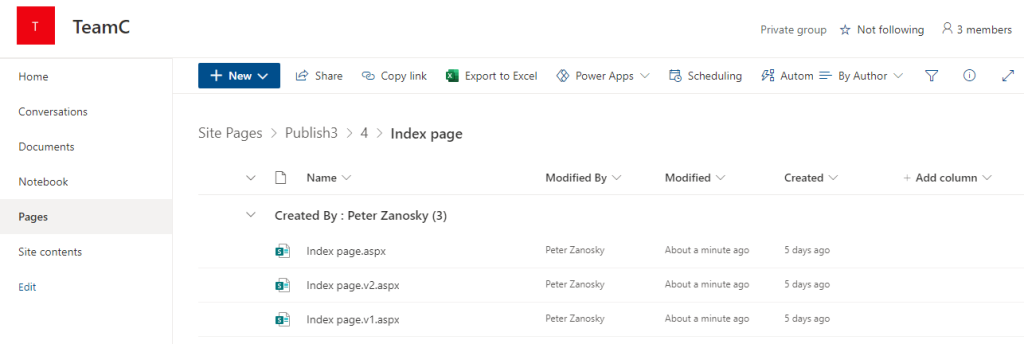
Confluence stores and allows viewing all versions of any page or attachment. Versions can be viewed in attachment list found on each page. List allows viewing modification date for each version as well as a user who modified the attachment. Enterprise Bridge allows copying modification history of attachments as file versions replicating in SharePoint all...

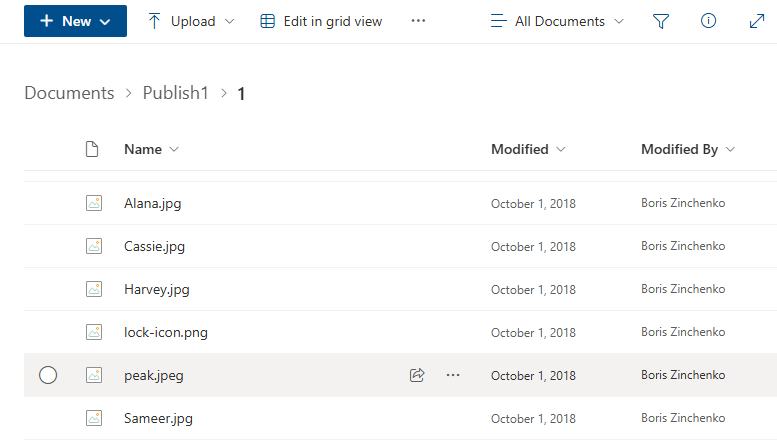
Transfer of Confluence® comments with whole formatting
Read more ...